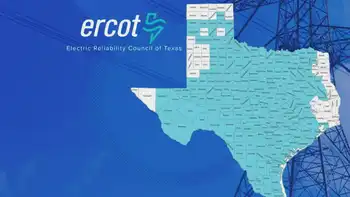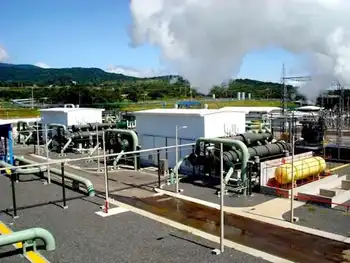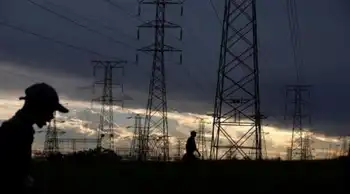'Green' jobs expand worker retraining
By Associated Press
Protective Relay Training - Basic
Our customized live online or in‑person group training can be delivered to your staff at your location.

- Live Online
- 12 hours Instructor-led
- Group Training Available
The state's No Worker Left Behind program, started a year ago by Gov. Jennifer Granholm to give laid-off workers up to two years of tuition toward new careers, helped the 37-year-old complete his police academy training.
"It helped with tuition and fees, money for books," said Houle, who likely would have been unable to afford the retraining without the state program. "It helped in a lot of ways."
Granholm announced in Traverse City that the No Worker Left Behind program will put more effort into preparing laid-off workers for alternative energy careers. The program overall will get a financial boost in its second year.
The governor is carving out about $6 million in the budget year that starts Oct. 1 for her Green Jobs Initiative that will promote job training in alternative energy industries including wind, solar and biofuels.
Granholm's office said that Biotech Agronomics, a Beulah company that converts wastewater sludge into usable materials for agriculture, already has hired five No Worker Left Behind graduates for such jobs.
The goal of the No Worker Left Behind program is to take workers who have lost manufacturing jobs or other positions no longer in demand and retrain them for employment in one of several high-demand fields. Workers can use the free tuition at any Michigan community college or other approved training course.
About 31,000 people enrolled in the program in its first year, and more than a third have completed their training. The Granholm administration could not say how many of the trainees have found jobs so far. Some finished programs just in the past few days.
But the governor said many of the trainees likely already are on the job, particularly if they're in high demand areas such as health care, which makes up about a quarter of the plan's participants.
About 9,100 people are on waiting lists for the training, a number that could easily grow because of Michigan's struggling economy. The state's unemployment rate, 8.5 percent in June, is the nation's highest.
The program wants to train 100,000 people in three years.
"This is a nimble program," Granholm told The Associated Press. "As employers demand what they need, we're working with community colleges to fill that need."
About $177 million in state and federal cash should be available for the No Worker Left Behind program in the fiscal year that starts Oct. 1. That's up from nearly $100 million — all federal money — in the program's first year.
Some of the increase will come from $15 million in state funding recently approved by the Michigan Legislature.











